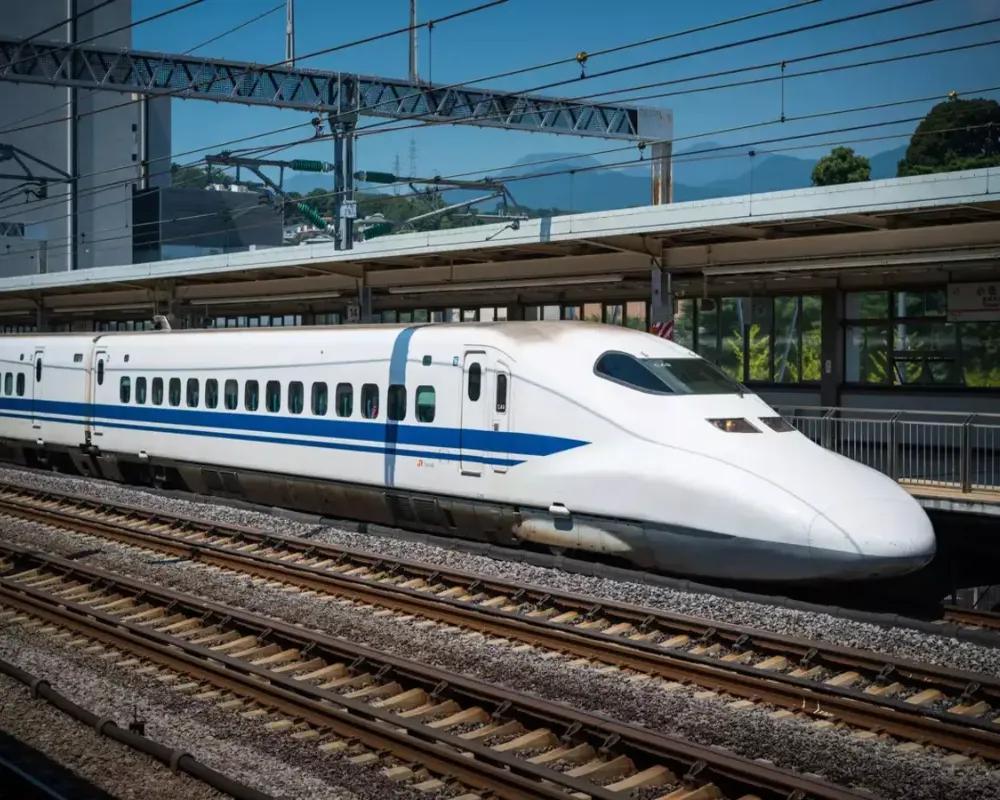India's first bullet train project will feature Japan's newest E10 Shinkansen trains on the Mumbai-Ahmedabad corridor. E5 trials are set for 2026, with commercial operations by 2027-2028.
 Minaketan Mishra
Minaketan Mishra

India's ambitious Mumbai-Ahmedabad High-Speed Rail (MAHSR) corridor, popularly known as the bullet train project, is making significant strides, with the latest update confirming that the nation will receive Japan's newest E10 Shinkansen trains for its operations. This state-of-the-art technology is expected to debut simultaneously in both India and Japan around 2030, marking a major leap in India's high-speed rail capabilities.
While the E10 trains are slated for the final rollout, India will first conduct trial runs using the E5 variant of Japanese Shinkansen trains in the Gujarat section of the corridor, anticipated in the financial year 2026-27. These trials will evaluate the suitability of the technology under Indian conditions and help determine any necessary adjustments for the more advanced E10 trainsets, which are currently under development.
Construction work on the 508-km corridor is progressing at a rapid pace, especially in Gujarat:
The National High Speed Rail Corporation Limited (NHSRCL), the implementing agency, is optimistic about the project's timeline. While commercial operations for the full 508-km corridor are now anticipated to begin around 2028, an initial section in Gujarat, particularly the Surat-Bilimora stretch, is expected to become operational earlier, possibly by the end of 2027, with initial prototype runs in 2026.
The Japanese Shinkansen system currently operates with the E5 series. The E10 series, also known as the Alfa-X (Advanced Labs for Frontline Activity in Rail eXperimentation), is the next-generation high-speed train being developed by East Japan Railway Company (JR East). It's designed to reach speeds of up to 400 kmph, offering enhanced safety, energy efficiency, and passenger comfort.
The decision to bring in the E10, rather than exclusively relying on the E5 for commercial operations, reflects the strategic partnership between India and Japan, ensuring that India receives the latest in high-speed rail technology.
While Japanese Shinkansen technology forms the backbone of the MAHSR corridor, India is also diversifying its approach to high-speed rail. The Integral Coach Factory (ICF) in Chennai, in partnership with defense public sector company BEML, has been tasked with developing a bullet train capable of reaching speeds of 280 kmph, showcasing India's growing domestic manufacturing capabilities in this advanced sector. Additionally, a contract for comprehensive signaling and telecommunication systems has recently been awarded to a joint venture involving European technology providers and Indian collaborators.
The Mumbai-Ahmedabad bullet train project, with its blend of international collaboration and burgeoning domestic expertise, is poised to redefine intercity travel in India, setting new benchmarks for speed, safety, and reliability in the nation's transportation network.






Sign up for the Daily newsletter to get your biggest stories, handpicked for you each day.
 Trending Now! in last 24hrs
Trending Now! in last 24hrs